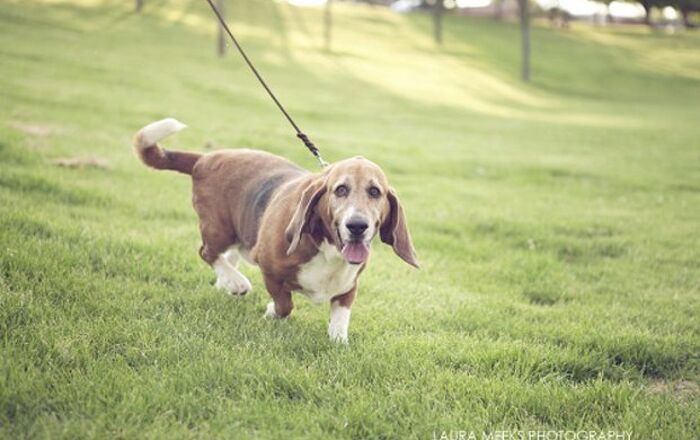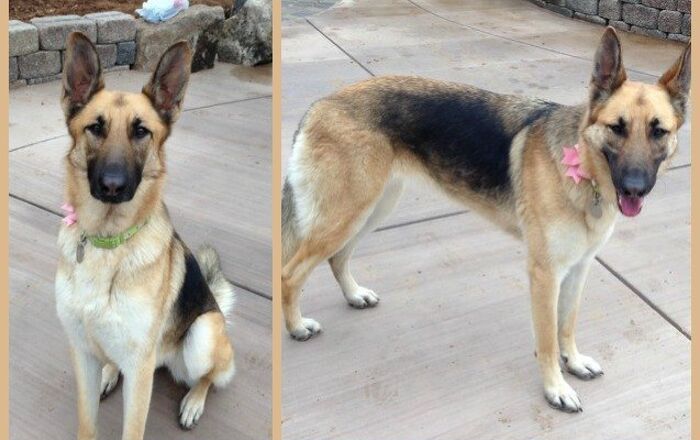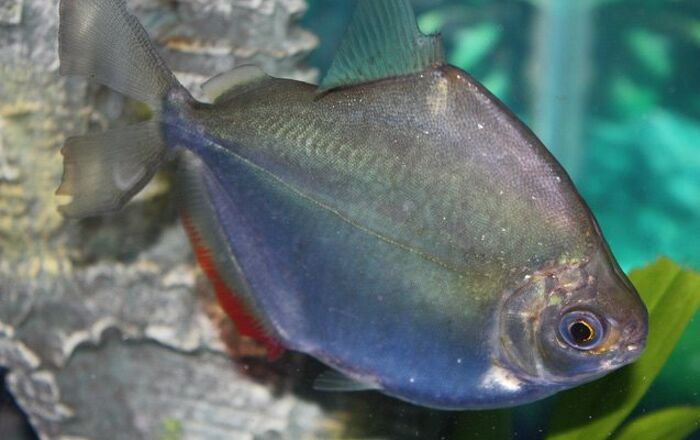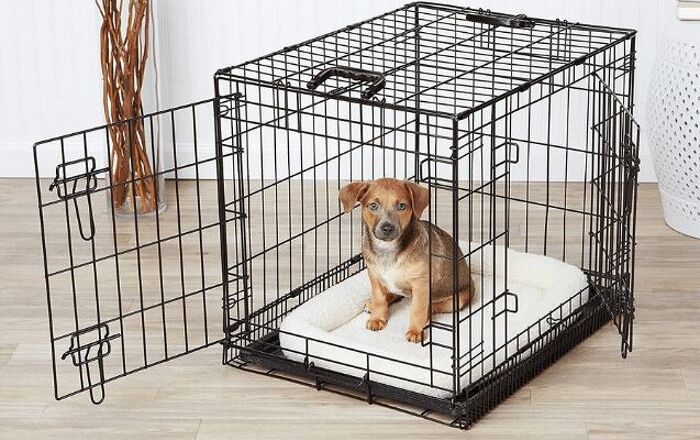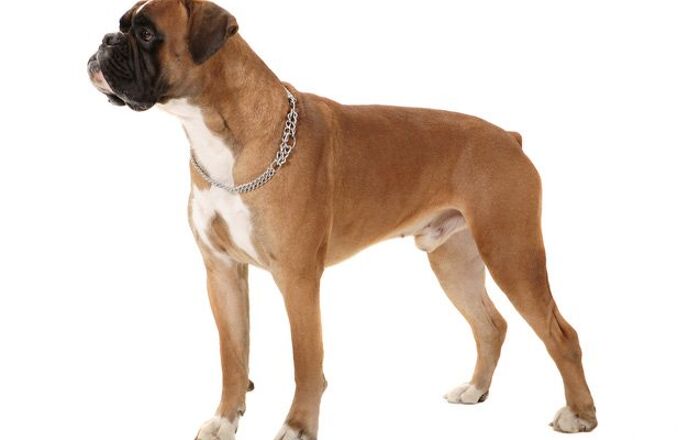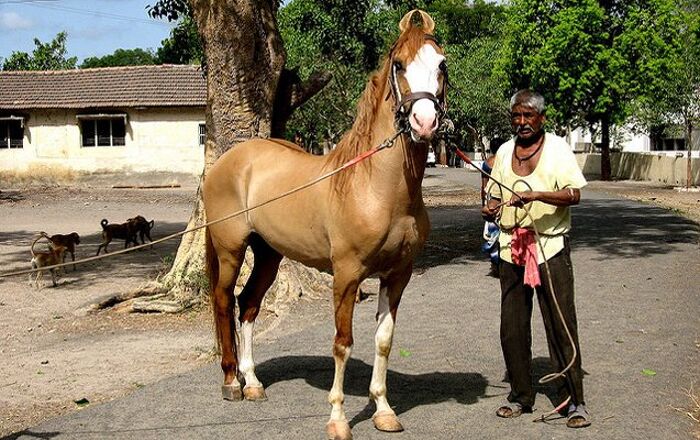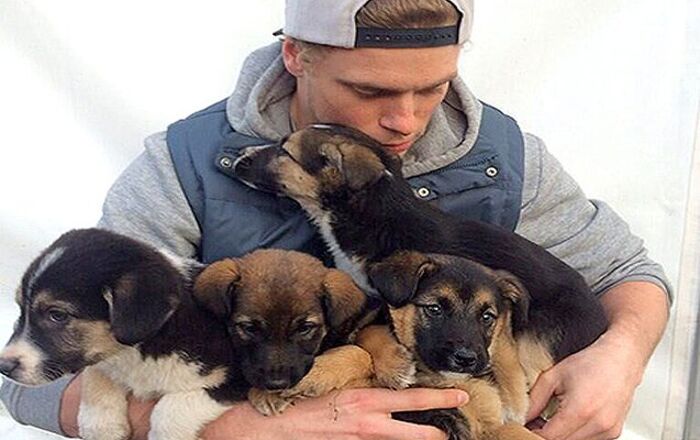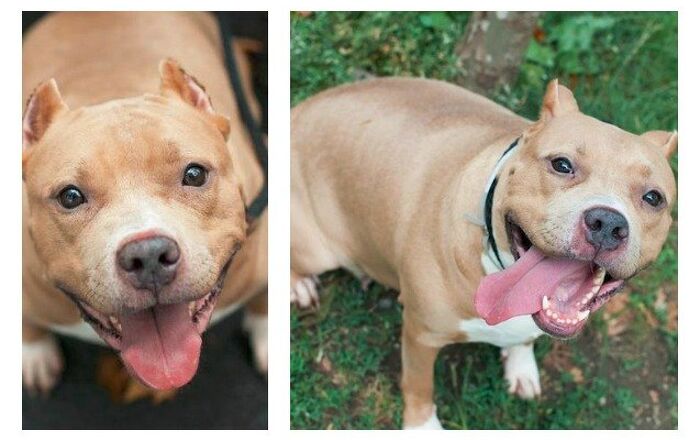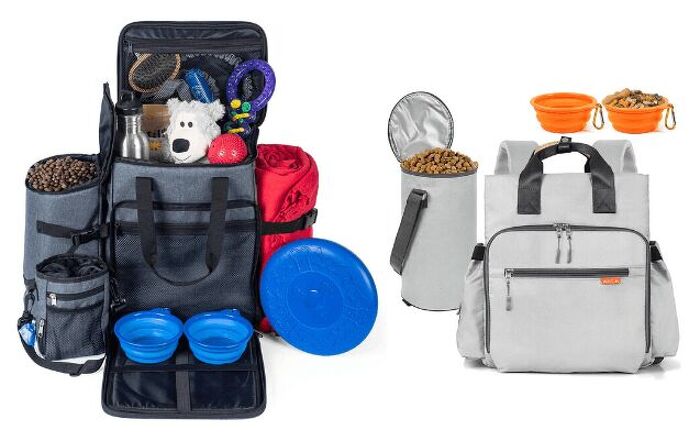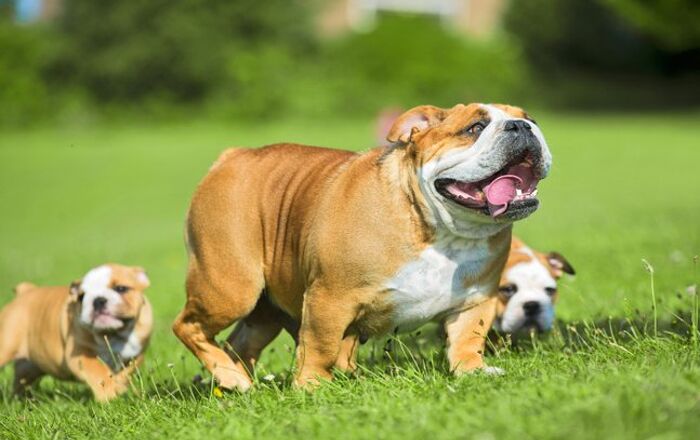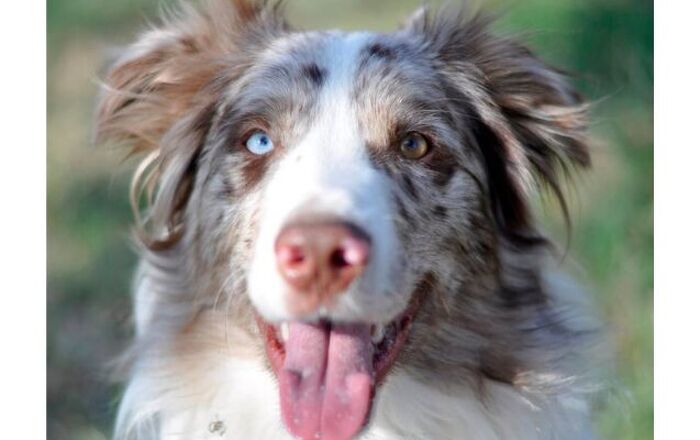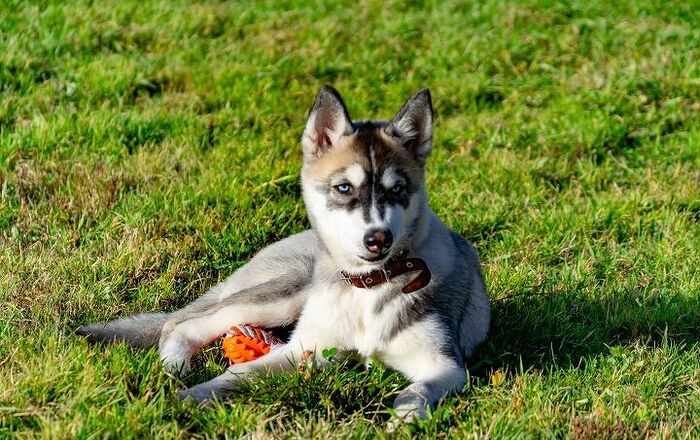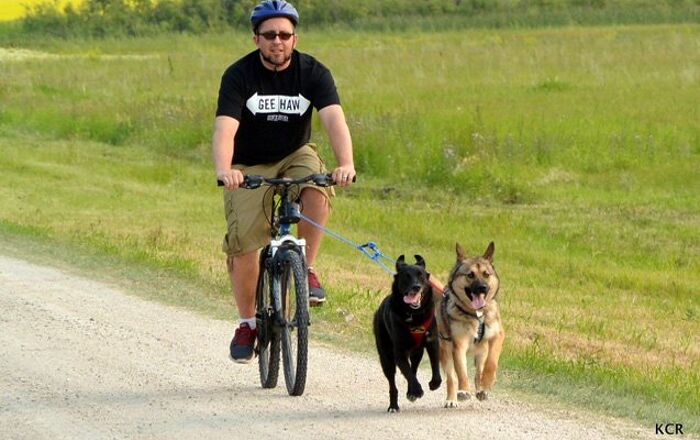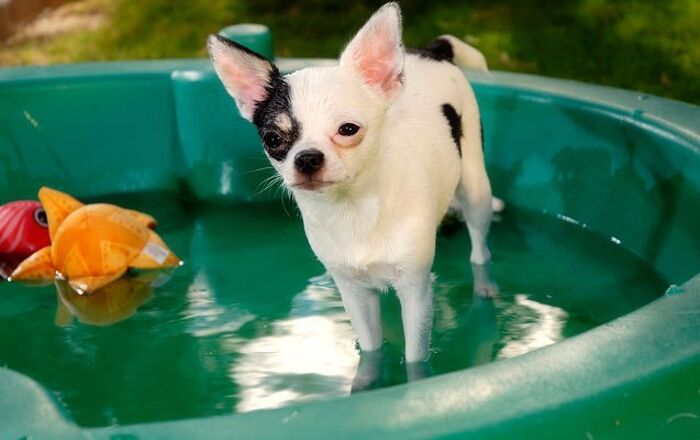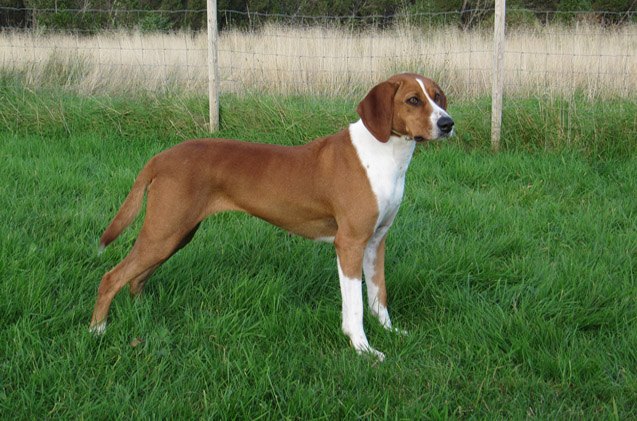
Hygenhund Basics
Though you’ve probably never heard of the Hygenhund, you’ll recognize his look. He is a medium-sized breed with the typical hound appearance – he’s lithe, muscular, and active. Though these dogs were developed for hunting, they also tend to do well as family pets. If you’re looking for a loyal, obedient dog that will also make a good watchdog, the Hygenhund may be a good choice for you.
The Hygenhund is a medium-sized breed with the typical hound appearance – he’s lithe, muscular, and active.
Origin
The Hygenhund is a Norwegian hound breed developed during the 19th century. The man responsible for developing the breed is Mr. Hygen, a Norwegian breeder and it was his goal to produce the ideal hunting breed that had the stamina and determination to pursue game in the harsh conditions of the Arctic region. He mated some of his own Holsteiner Hounds with various Scandinavian hounds and then crossed the resulting dogs with lighter, more compact Norwegian hounds to create the modern Hygenhund which he named after himself.
The results of Mr. Hygen’s breeding efforts were exactly what he wanted – the dog was able to hunt tirelessly for hours on end, even in challenging terrain. The dog was able to track and retrieve any kind of game which won it a great deal of support from avid hunters in Norway. The breed was also great for companionship due to its lively personality and friendly temperament. Though it is still exceedingly rare outside of Norway, the Hygenhund is recognized by the FCI and the UKC.
Pedigree
The Hygenhund was developed in Norway during the 19th century from various hound breeds including Basset Hound, Bloodhound, Beagle, and English Pointer.
Food/Diet
As a medium-sized dog, the Hygenhund should be fed a high-quality dry food formulated for adult dogs. Because this breed was developed specifically for hunting, however, he may do well on an active or working breed formula. Just keep an eye on your dog’s weight and body composition to ensure that he doesn’t gain too much weight.
Hygenhunds were developed for hunting, they also tend to do well as family pets.
Training
As a hunting dog, the Hygenhund is very intelligent and generally responds well to training. These dogs are loyal and obedient by nature so, as long as you use positive training methods, your dog will learn quickly while also forming a strong bond with you and your family. This breed does need to start training at a young age and early socialization is incredibly important as well. Once your dog learns a command, however, he’ll remember it.
Weight
The Hygenhund is a medium- to large-sized dog, standing between 19 to 24 inches tall and weighing 44 to 55 pounds at maturity.
Temperament/Behavior
The Hygenhund was developed as a hunting breed, so its temperament in the field may be slightly different from its temperament in the home. These dogs are energetic and lively with a positive personality. They form strong bonds with family and they are very loyal and obedient. The Hygenhund requires a great deal of daily exercise to prevent problem behaviors and you should keep an eye on your dog when cats and other pets are present because these dogs have a fairly high prey drive.
Common Health Problems
Generally speaking, the Hygenhund is a fairly healthy breed. Unfortunately, there are certain health problems that could reduce your dog’s lifespan – this is why responsible breeding is of the utmost importance. Some of the health problems to which the breed is prone include hip dysplasia, arthritis, bloat, and von Willebrand’s disease.
Life Expectancy
The average lifespan for the Hygenhund is thought to be about 10 to 12 years which is about average for a breed of its size. Feeding your dog a healthy, high-quality diet will help to maximize his lifespan.
Exercise Requirements
As a hunting breed, the Hygenhund has fairly high exercise requirements. As such, the breed is not recommended for apartments or condos. This breed requires a long, brisk daily walk and he will appreciate having a fenced yard in which to run as well. This is definitely not a lap dog.
As a hunting dog, the Hygenhund is very intelligent and generally responds well to training.
AKC
The Hygenhund is not currently recognized by the AKC but he is recognized by the FCI and the UKC. The FCI classifies him in Group 6 as a Scenthound and the UKC as a Scenthound as well.
Coat
The Hygenhund has a thick, shiny coat that is fairly easy to groom. Brushing your dog several times weekly will be enough to keep the coat in good condition. The most common coloration for the breed is some combination of yellow and red, chestnut and black, or a combination of these colors with white or black markings.
Puppies
The average litter size for the Hygenhund breed is 3 to 6 puppies. Because this is a hunting breed, it is highly recommended that you start training as early as possible. Socialization will also be important for this breed, though these dogs tend to do well with other dogs.
Photo credit: Bjørn Konestabo/Wikimedia; Love Animals/Flickr; Heather Elayne/Wikimedia

